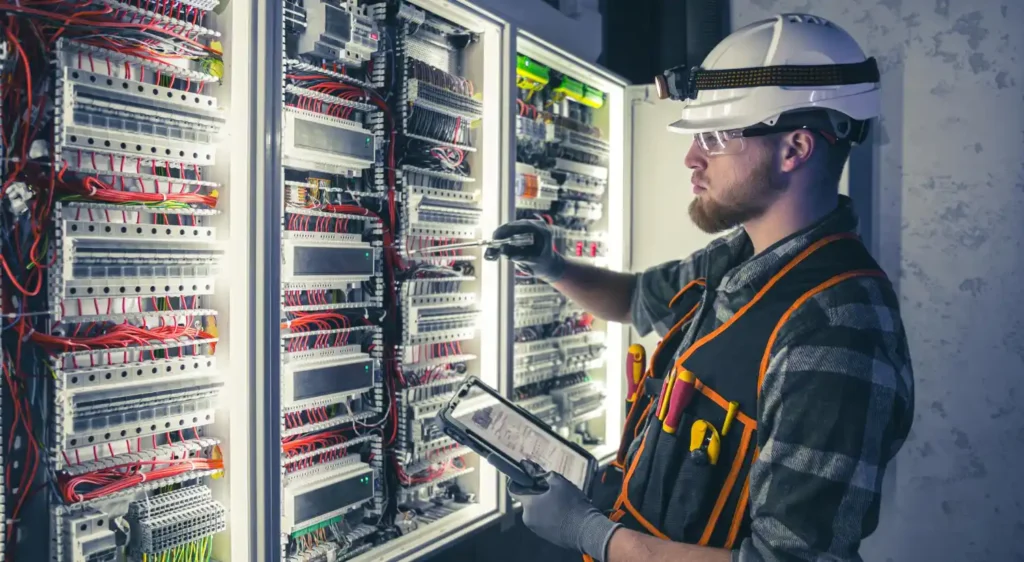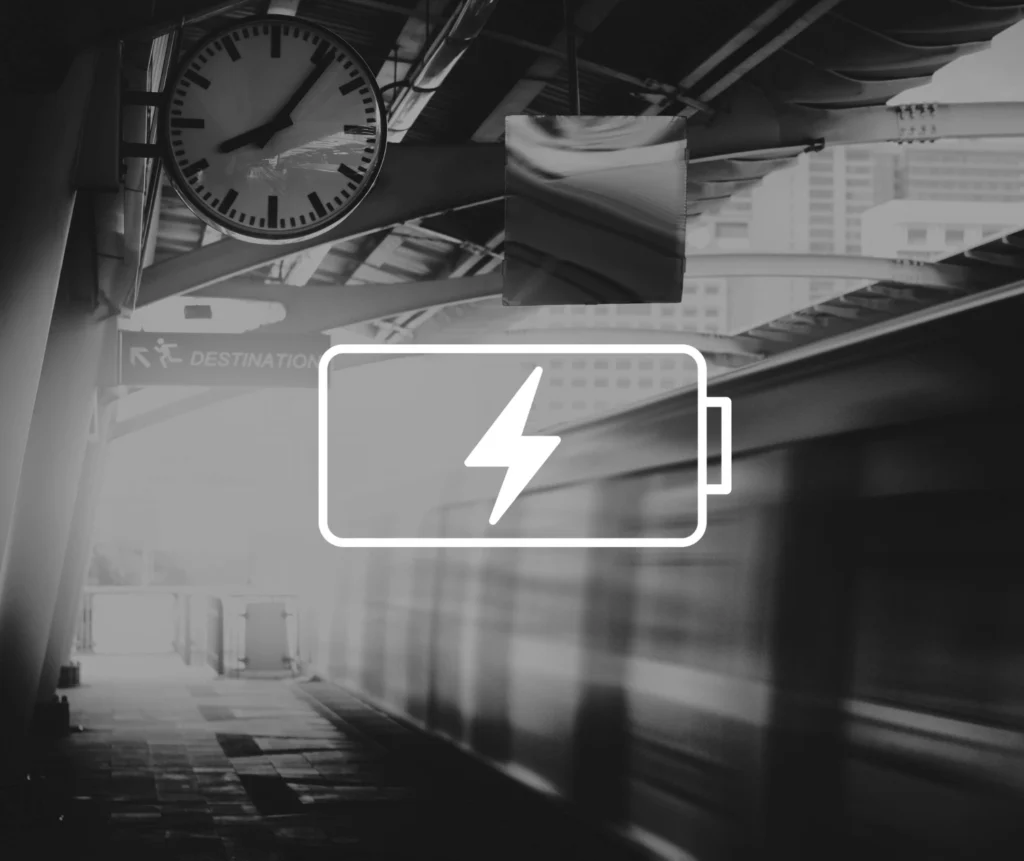It has been widely estimated that more than four million excavations take place across Great Britain each year. In 2017, only 2.25 million of these involved a thorough search for pipes and cables before the work commenced. This means that 44 per cent did so without detailed examination for existing underground assets. This puts the critical utility infrastructure at constant risk of being accidentally damaged.
With more than 1.5 million km of underground infrastructure in situ and the majority of digging work being carried out by contractors, it is easy to see why asset owners, who have little control over who is digging or where, are at a heightened risk of cable and pipe strikes. In essence, every time a spade or digger bucket hits the ground, there is a significant chance of an asset being hit.
Strike frequency
So, just how big an issue are pipe and cable strikes? Our report gauged the scale of the problem by reviewing the level of electrical cable and gas pipeline strikes that are reported to the Health and Safety Executive (HSE) each year. Although awareness around the subject of asset strikes is improving, the sheer scale of construction work taking place means there are still high levels of incidents and this problem is growing fast. For instance, the number of ‘safety related electrical incidents’ reported in 2012/13 was 162, whereas the incidents reported in 2016/17 was up to 1,244. This is an increase of 668 per cent over five years, doubling in the last year alone.
Reported strikes to gas pipelines are falling, but still managed to clock up 1,264 in the last year. It is important to remember that these numbers are for ‘reported’ incidents, so they do not take into account the significant volume of incidents not brought to the HSE’s attention.
Impact of strikes
The commercial impact of strikes to asset owners can be significant, with each ‘hit’ needing repair work. This not only costs money, but also means that pipe or cable will need to be removed from service whilst it is repaired. Associated costs to take into consideration also include additional materials, equipment usage and time spent by the asset owners’ teams handling enquiries regarding the incident.
In a bid to quantify the cost of a utility strike we looked into previous research by the University of Birmingham that calculated the cost as a ratio of indirect and social costs compared to the direct cost of repair. The result is 29:1, which means that for every £1,000 of direct cost arising from a pipe or cable strike, the true cost for an asset owner is £29,000.
As well as the financial burden of a strike, the damage to brand reputation is also huge for utility companies. Disruption to any service harms customer perception.
Finally and most importantly, there are grave safety ramifications to consider. Strikes during digging can cause serious injury, or in the most severe cases, fatalities. In the five year period between 2012 and 2017, the HSE reported 318 injuries and fatalities caused by underground electrical cable strikes. Again, this is only the number that was reported to the HSE.
Conclusion
So what can actually be done? A prime step has to be for asset owners to ensure that their pipe and cable networks can be found on resources like LSBUD’s portal. This offers a free, easy online search service that quickly provides underground utility mapping records across the UK.
By using the service, contractors who previously had to wait up to 28 days to receive asset location data, now get it within minutes. LSBUD currently provides over 10,000 searches every day and this figure grew by 27 per cent last year, so it is vital that all networks are registered with the portal.
In addition to avoiding asset strikes, networks gain many other benefits. They receive data on all the searches taking place in and around their assets – giving them a much clearer picture of the vulnerability of their infrastructure – and receive warning alerts when work is planned near sensitive assets. This enables them to proactively help those working around their assets with the appropriate advice. Being registered also removes the burden of the network owners having to themselves respond to search requests.
Lastly, if every utility registers their assets in this way, every network will be more protected and every worker involved in excavation will be safer. Download the Digging Up Britain report at https://www.linesearchbeforeudig.co.uk/digging-up-britain-report

